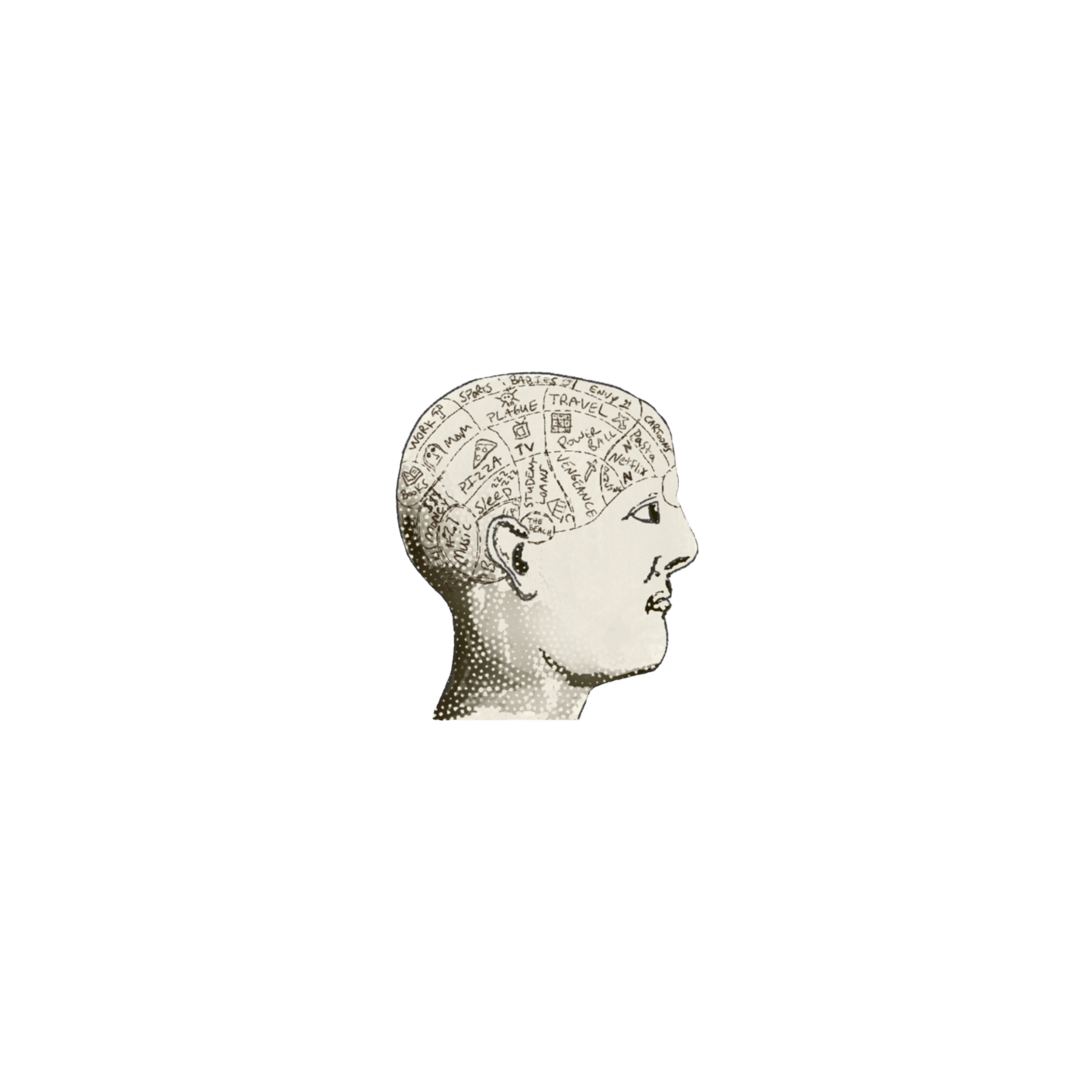
- Home
- The Museums as Progress Report
- Demographic segmentation can help museums focus on what matters
Demographic segmentation can help museums focus on what matters
Demographic segmentation can help museums focus on what matters
Move Beyond Surface-Level Audience Understanding
Traditional research tells you what people say they want. Progress-Space Research reveals why people make the choices that shape their lives. Join a community of practitioners developing practical tools for understanding what truly drives engagement. Start with our free events to see these approaches in action.
One idea I’m at risk of becoming too attached to is that demographics are “bad” for museums.
I feel pretty confident that demographics reinforce stereotypes and that segmenting audiences based on demographics deprives museums of an opportunity to define their audiences for themselves. Audience segmentation is a creative act that defines the museum as much as the audience.
Still, there are exceptions to every rule, and knowing the exceptions to a rule makes the case for following it stronger.
I’ve written about some exceptions already. For example, a museum has to define people in terms of age, ethnicity, income, and so forth when using advertising platforms like Facebook. And it may need to use demographics to comply with funders’ requirements. (Note that neither of those use cases precludes a museum from having its own audience definitions.)
Are there others?
An HBR article — “Helping Gen Z Employees Find Their Place at Work” — recently put me on an emotional rollercoaster that went like this:
Irritation: “All of these things could be applied to people of any age. Everyone wants to know that their contributions matter at work. Humans of every age want autonomy …”
Self-regulation: “Even if articles like this are misguided, they must serve some purpose, or they wouldn’t be so common. Is there some evolutionary advantage that demographic segmentation bestows on organizations? What am I missing?”
Acceptance: “Maybe demographics give us a reason to pay attention to each other.”
Yes, the article could have been titled “Helping Employees Find Their Place at Work” — pretty much all the ideas listed apply to people of every age — but would it have been effective? When you remove the demographic identifier, the ideas lose their teeth.
So, what if demographics are (at least sometimes) valuable in providing an armature for attention?
The article discusses the problem of helping employees find their place at work. That’s a real problem that many people want to address. If we need to use a demographic lens to help people with that problem address it, isn’t that okay?
That got me thinking about other problems that might benefit from a demographic lens.
Defining people by their age can be useful when we’re trying to address time-related challenges.
For example, Made By Us is an organization I admire that is rooted in demographic (age) segmentation. The headline on their homepage reads: “Gen Z are the ‘founders’ of our next chapter.” The problem (or goal) I see Made By Us addressing is Ensuring the Future of Our Democracy (and, by extension, helping to Ensure the Future of Historical Institutions). People between the ages of 18 and 30 are and will be instrumental in progressing toward those goals. Demographics are a natural — even necessary — piece in addressing those challenges.
That’s why I’m looking forward to our session next week with Caroline Klibanoff, executive director of Made By Us. Caroline and her team are surfacing mismatches between museums’ institutional goals and the goals of the people museums hope to engage — in this case, Gen Z — and Made By Us represents a good example of when and why it makes sense to define people in terms of a demographic (age).
In the event, we’ll look at our theme this season, Motivations & Goals, through a generational lens, which will raise lots of interesting questions, like:
Are museums’ metrics for success (i.e., engagement) undermining their ability to support and connect with younger audiences? (After all, no one really wants to be engaged by a museum. Engagement is just a byproduct of progress.)
How can cultural organizations close the gap between their goals and what younger audiences need and want?
If these questions interest you, join the free event on May 23rd.
Have a great week,
Kyle
Kyle is the founder of Museums as Progress. He helps cultural organizations increase their relevance and impact through progress-space research.
